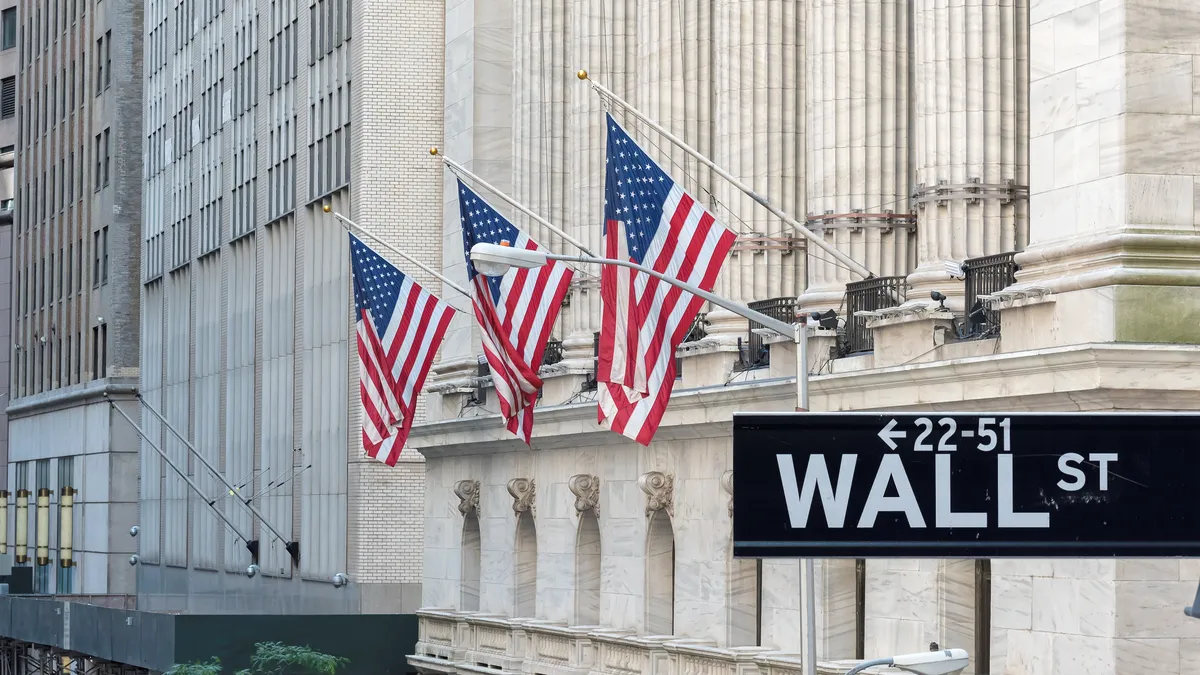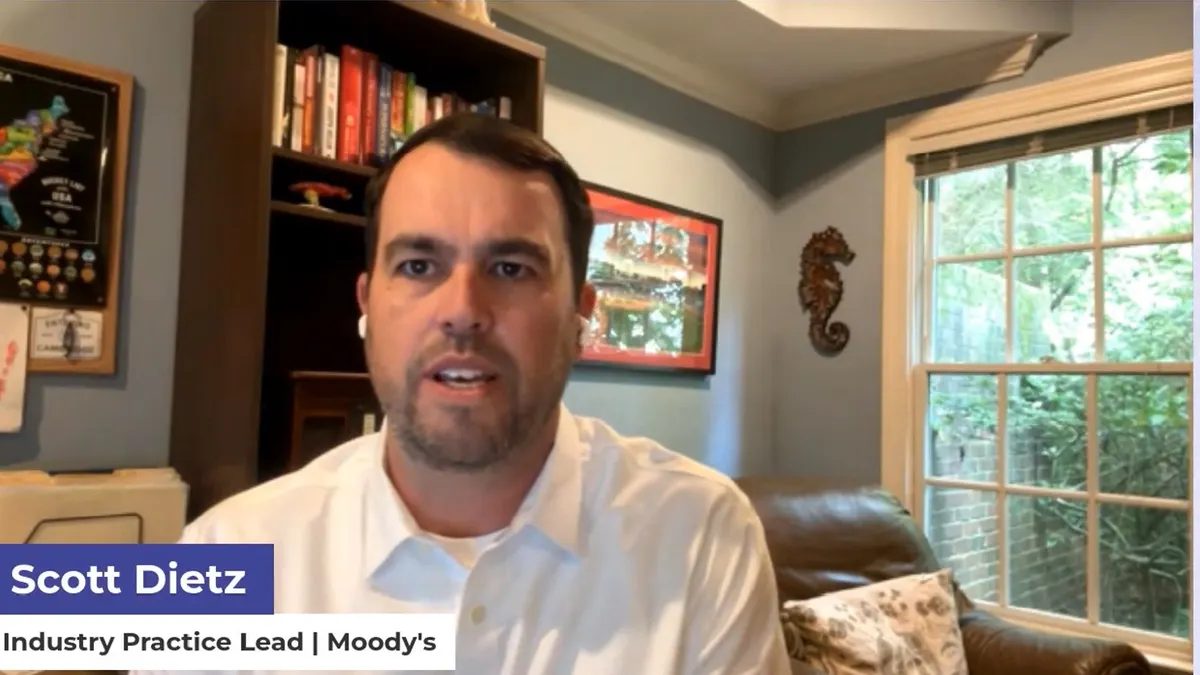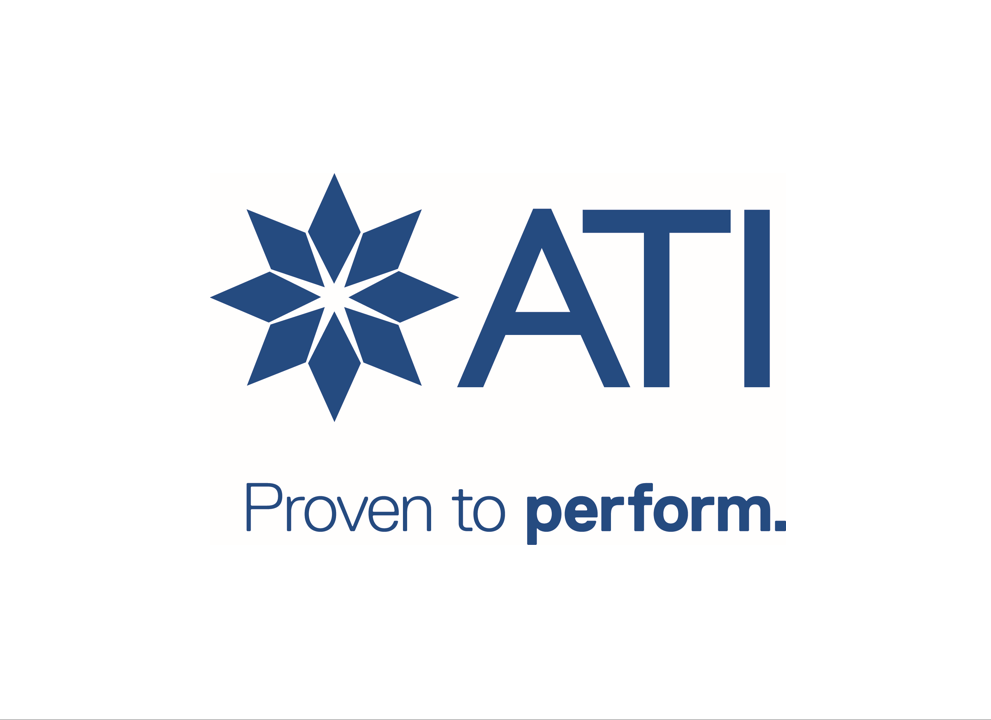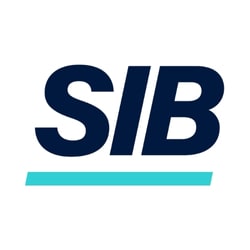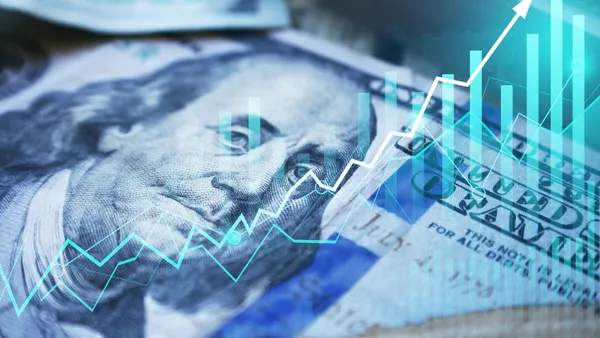Dive Brief:
- The number of U.S. initial public offerings surged to 109 during the first half of 2025, increasing 35% compared with the same period last year despite stock market volatility and shifts in tariff and other policies, EY said.
- Although the number of IPOs is the biggest first-half tally since 2021, proceeds from offerings fell to $17.1 billion, or 9% less than the same period last year, EY said in a report.
- The IPO outlook worldwide “remains cautiously optimistic,” with a solid pipeline for large offerings and a steady stream of smaller deals, EY said. Still, “a broad-based resurgence in global IPO activity depends critically on cooperative trade frameworks, accommodative monetary policy, controlled inflation and geopolitical de-escalation.”
Dive Insight:
Unusually high policy uncertainty roiled the stock market during the first six months of the year, EY said, noting that the CBOE Volatility Index careened between 14.8 and 52.3, a gap five times wider than during the same period in 2024. The so-called VIX measures expected volatility in the Standard & Poor’s 500 stock index.
“Fueled by uncertain U.S. trade policy and ongoing geopolitical tensions in Eastern Europe and the Middle East, this heightened volatility is compelling companies to reimagine their exit strategies, stay private longer or pursue listings with smaller float sizes,” EY said.
Shifts to trade, regulation, immigration and fiscal policies by the Trump administration have prompted Federal Reserve policymakers to hold off on trimming borrowing costs until they can determine the impact of such changes to inflation, employment and financial markets.
“Market volatility serves as a critical barometer for IPO activity,” signalling investor expectations for future price movements and influencing “sentiment, valuation multiples and public market receptivity to new offerings,” EY said. Higher volatility usually indicates risk aversion and poses a challenge for IPO candidates.
Yet global capital markets this year are apparently adapting to political and geopolitical shocks, improving the outlook for IPOs, EY said.
“Trade tariffs, regional conflicts and macro-policy uncertainty — once primary triggers for volatility — are increasingly being priced into asset valuations, with investors and companies adjusting to what many now regard as a ‘new normal,’” according to EY.
After turbulence during the first six months of 2025, equity markets have regained ground, the VIX and other “fear indexes” have stabilized and companies launching IPOs are diversifying to markets with deep pools of capital such as Hong Kong, EY said.
IPO activity in the U.S., Canada and Latin America quickened late in the second quarter as concerns about tariffs and economic vulnerabilities eased, EY said.
U.S. IPOs in the period rose 20% on average during the first day of trading, and offerings that raised $50 million or more in gross proceeds returned 40% through the end of Q2, EY said.
Five of the 10 largest IPOs occurred during June, Rachel Gerring, EY Americas IPO leader, said.
“This suggests that IPO aspirants are proactively preparing and becoming increasingly agile, seizing market opportunities as they arise,” she said in a statement.
“With this renewed momentum, we remain optimistic about the remainder of 2025, assuming broader economic indicators remain stable,” Gerring said.



